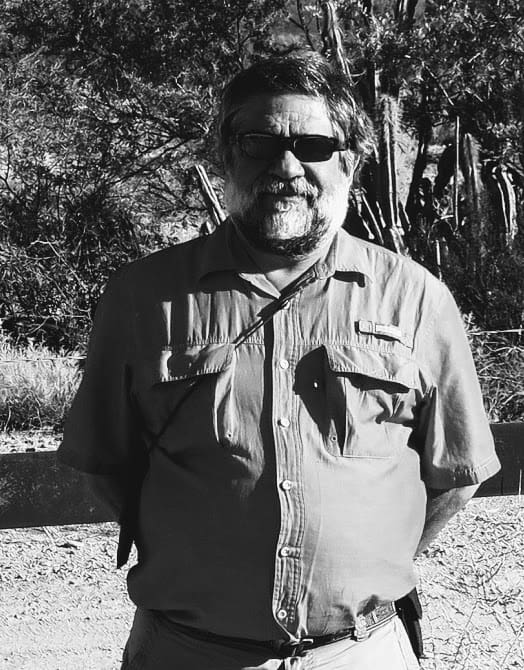Horacio de la Cueva obtained a PhD from the University of British Columbia working on “Ground Effect in Flapping Flight,” a study in pure biomechanics that allowed him to work with his favorite biological riddle: form and function. Upon his return to Mexico, Horacio started working with Western Sandpipers with the Canadian Wildlife Service, and later California Condor conservation with Ezequiel Ezcurra and Ernesto Franco. Through the Condor project in Baja California, Horacio met Robert Mesta, who served as the long-time Coordinator of the SJV until his retirement in 2015. Mesta invited Horacio to help form and design the Mexican component of the SJV. Horacio is currently a Principal Researcher at El Centro de Investigación Científica y de Educación Superior de Ensenada (CICESE), in Baja California, as well as the previous Management Board Chair of the SJV.
Horacio explained of his own work and involvement in the SJV Management Board, “Conservation has become one of the main responsibilities and the call for many biologists. In a world where humans are taking over most livable spaces, conservation is not only a priority, but a must. Birds and their habitats are a perfect means to conservation, as they are seen as a beautiful and essential component of the landscape. Migratory birds help us understand the global magnitude of the conservation effort, while local species help us focus on our surroundings. The SJV is the best means we have to further conservation at the bioregional level, allowing us to ignore political and legislative shortcomings.”
Horacio says that, “Two highly threatened birds with dissimilar stories encompass my understanding and love for the SJV region, the California Condor and the Masked Bobwhite.”

